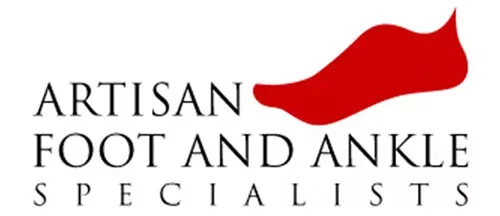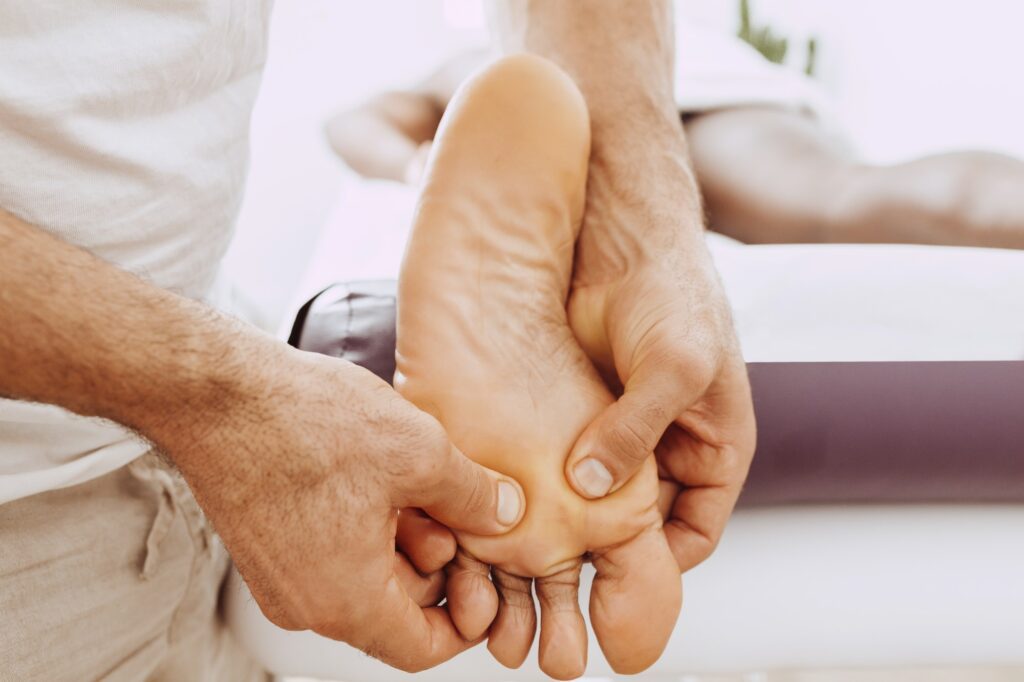Athletes can be amazing and inspiring, working with steady dedication to push their bodies to greater and greater feats of strength, speed, and agility. But pushing the boundaries always carries the risk of injuries. Every athlete should take great care to ensure their health and well-being by following safety guidelines recommended by healthcare professionals (such as stretching and warming up properly before physical activities), wearing proper footwear for their sport, and through regular, consistent check-ups.
Almost every sport, from basketball to football (both American and European) and even to golf, will put unusual strains upon the legs and feet. Common injuries and complications that arise from athletic activities include leg cramps, foot trauma, ankle sprains and fractures, and Achilles tendon problems. Athletes experiencing pain or who have been injured (even if it wasn’t painful) should consult their podiatrist to ensure their health and to prevent complications that might grow worse if left untreated.
Different sports activities call for specific footwear to protect feet and ankles. Sports-specific athletic shoes are a wise investment for serious athletes, though perhaps a less critical consideration for the weekend or occasional athlete; nevertheless, it’s a good idea to use the correct shoe for each sport. For example, a running shoe is built to accommodate the repeated impacts of hard running, whether in a sprint or a marathon, while a tennis shoe is made to give relatively more support and permit sudden stops and turns. For sports, “cross trainers” are fine for a general athletic shoe, such as for physical education classes. But if an athlete is involved more heavily in any single sport, he or she should have a shoe specifically designed for that sport.
Probably a more important consideration is the condition and fit of the shoe—don’t wear any sport or other shoes beyond their useful life. Athletic footwear should be fitted to hold the foot in the position that is most natural to the movement involved.



